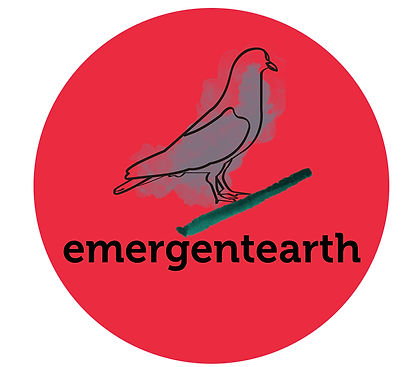an emergent
website design
by
peter jay stein, md, ma
atmosphere
asthenosphere
lithosphere
regolith
biosphere
hydrosphere



This 54 page synopsis of the evolution
of the Earth, the origin and progression of life, and the
emergence of humans as descendants of the hominin lineage, divides the last 4.57 billion years into progressively overlapping, imagistic, time segments, to outline our place in biological existence.
magnetosphere
ionosphere
FORTY-FOUR
Emergent Eocene Epoch: 56 - 34 mya

Features of the Eocene epoch - 56 - 34 mya:
Eocene is Greek for "dawn" and "new":
Eosimias, the "Dawn Monkey", known by its fossil jaw and skull fragments, is considered an example of the earliest anthropoid (45 mya).
1) The global climate continues to warm as the Paleocene recedes, with jungles and tropical rain forests at the poles.
2) True primates (euprimates) emerge, characterized by
a) smaller infraorbital foramen;
b) nails;
c) grasping hands;
d) increased reliance on vision over olfaction, reflected in cranial changes;
e) presence of postorbital bar;
f) leaping abilities: resembling living prosimians, as modern mammals replace archaic forms, i.e. plesiadapiforms of the Paleocene disappear.
4) Ungulates (even and odd-hoofed animals) evolve, including horses, zebras, rhinos, and tapirs
5) Towards the late Eocene, an ice-age begins in Antarctica; the present Earth continues in an ice age, with glacial (waxing) and inter-glacial (waning) periods
6) INDIA MEETS ASIA, which leads to the formation of the Himalayan mountains.
7) N. America is barely connected to Asia, and separates further from Europe.
3) Fossils of euprimates labeled strepsirrhines, are identified, resembling lemurs and lorises, but not tarsiers.